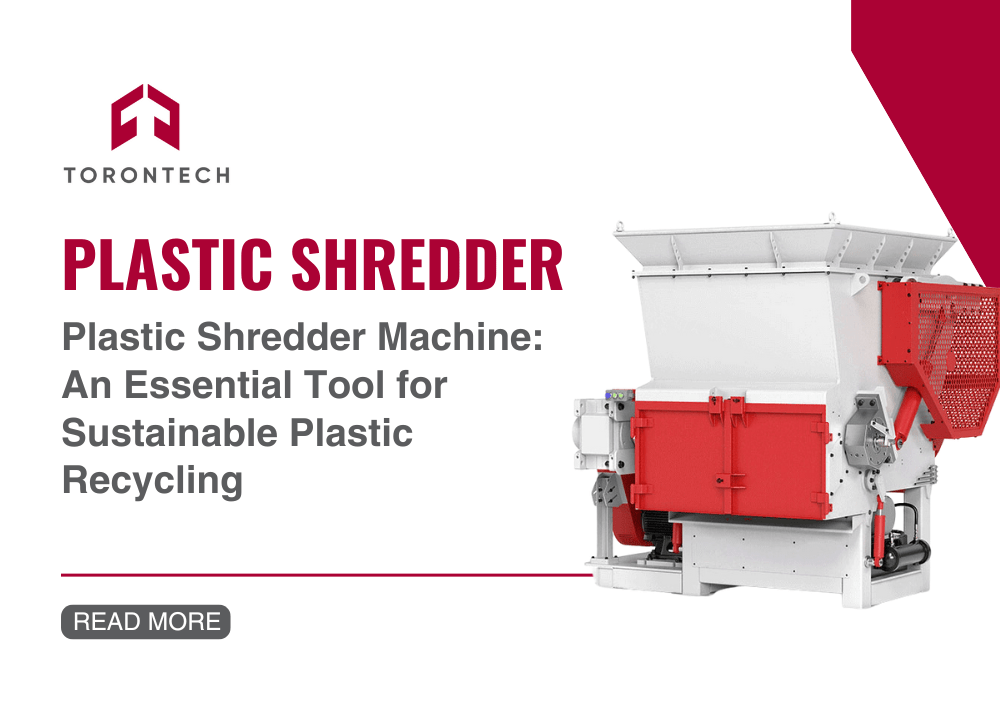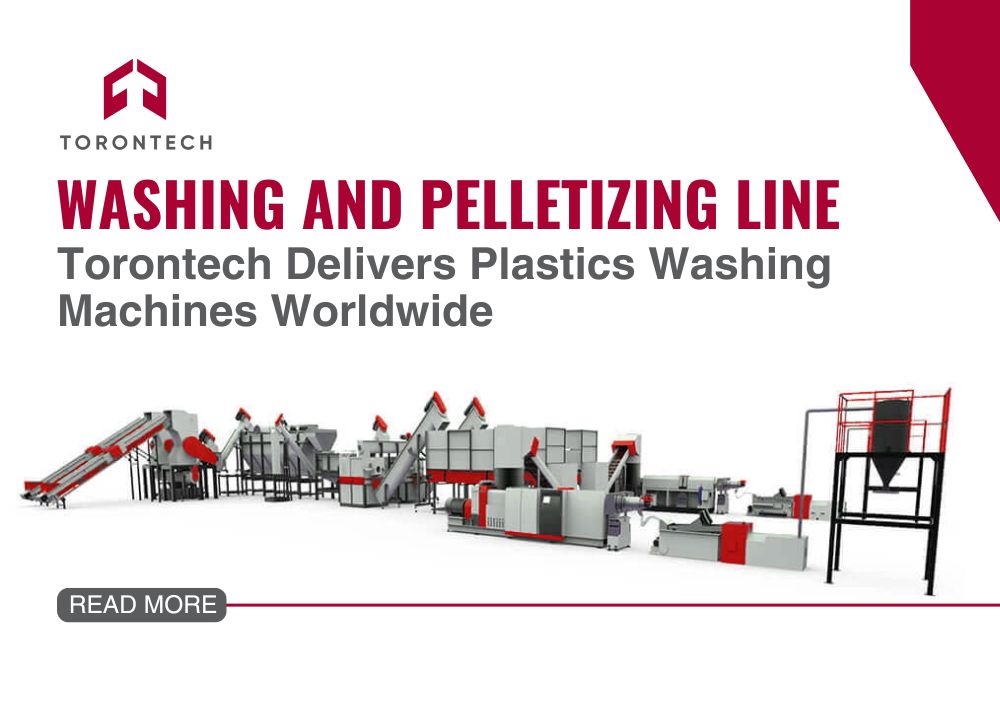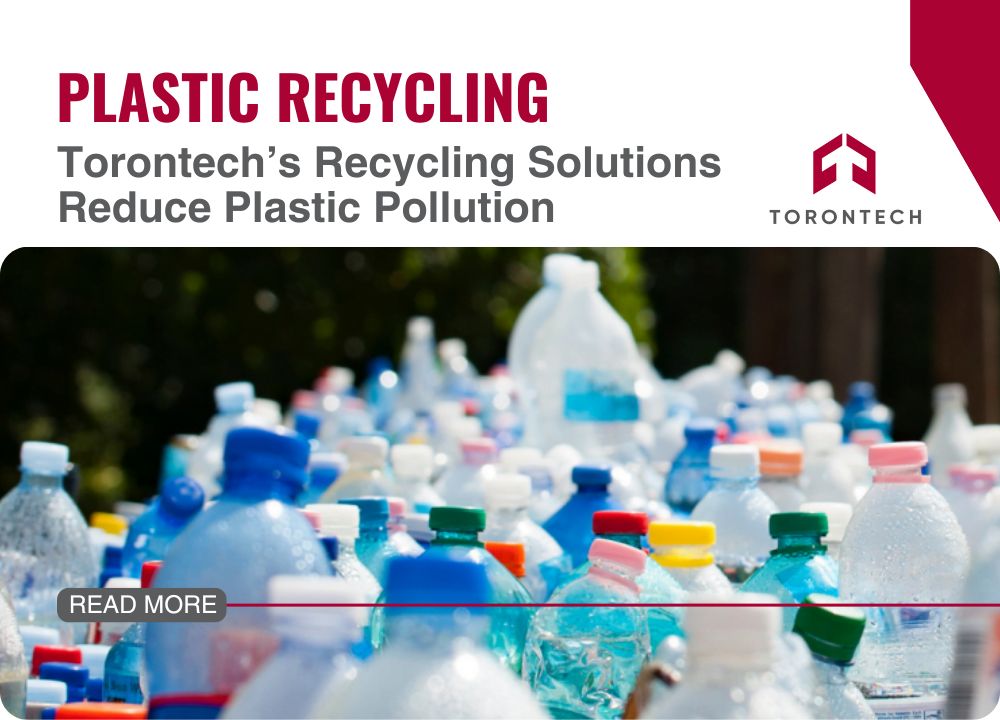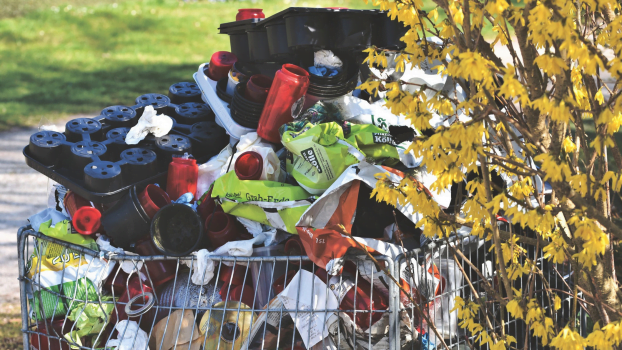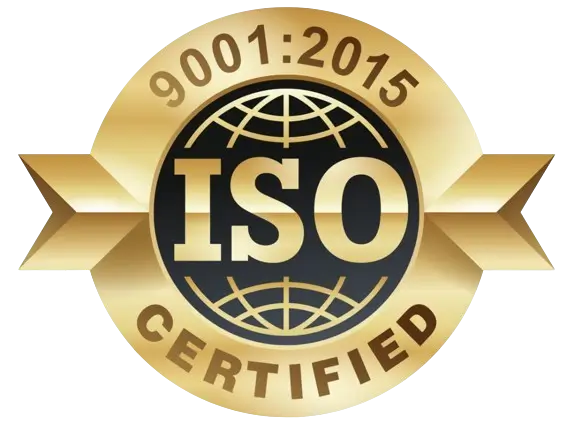The growing plastic waste crisis demands sustainable solutions, and plastic shredder machines have emerged as essential tools for effective plastic recycling. With increasing plastic production and consumption, finding ways to recycle and repurpose plastic waste has become crucial for environmental conservation and resource management.
Plastic recycling not only reduces the massive amount of plastic ending up in landfills and oceans but also contributes to the conservation of natural resources and energy. Plastic shredder machines facilitate this process by breaking down plastic items into smaller pieces or granules, enabling efficient sorting, cleaning, and reprocessing into new products.
These machines handle a wide range of plastic materials, from rigid plastics like bottles and containers to flexible plastics such as films and bags. By efficiently shredding these items, the machines prepare them for further recycling processes, streamlining the entire cycle and making it more cost-effective.
What is a Plastic Shredder Machine?
A plastic shredder machine, also known as a plastic granulator or a plastic grinder, is a powerful industrial equipment designed to break down and shred various types of plastic materials into smaller pieces or granules. Shredder for plastic recycling plays a crucial role in the recycling process, preparing the waste plastic for further processing and repurposing.
Definition and Purpose
A plastic shredder machine is a mechanical device that uses rotating blades or cutting tools to tear apart and grind plastic items into smaller fragments. The primary purpose of these machines is to reduce the size and volume of plastic waste, making it easier to handle, transport, and process for recycling or disposal.
Types of Plastic Shredder Machines
There are several types of shredder plastic machines, each designed to handle different types of plastic materials and processing capacities. Some common types include:
- Single-Shaft Shredder: Handles thick materials like plastic blocks and wood.
- Double-Shaft Shredder: Effective for shredding bulk volumes of hollow plastics like PE films and PP tubes.
- Four-Shaft Shredder: Suitable for complex shredding tasks in industrial settings.
- Vertical Shredder: Designed for specific applications where vertical shredding is necessary.
- Horizontal Shredder: General-purpose shredding for recycling facilities.
The choice of a plastic shredder machine depends on factors such as the type and volume of plastic waste, the desired output size, and the intended application or end-use of the shredded plastic material.
With their ability to efficiently break down and process various types of plastic waste, shredder plastics are an indispensable component in the plastic recycling industry, enabling the transformation of waste into valuable resources.
How Does a Plastic Shredder Machine Work?
A plastic shredder machine works by feeding plastic waste into a hopper where it is pulled down by a set of rotating blades or knives. These blades cut and shred the plastic waste into smaller pieces, which are then discharged through a screen or mesh.
The size of the shredded plastic particles can be adjusted by changing the size of the screen or mesh, which controls the size of the openings through which the shredded plastic passes. Here’s a step-by-step explanation of how a plastic shredder machine works.
Step-by-Step Process
- Feeding: Plastic waste is fed into the shredder machine through a hopper or opening.
- Pulling Down: The plastic waste is pulled down by a set of rotating blades or knives, which are typically mounted on a shaft or rotor.
- Cutting and Shredding: The rotating blades or knives cut and shred the plastic waste into smaller pieces.
- Screening: The shredded plastic particles pass through a screen or mesh, which controls the size of the openings through which the shredded plastic passes.
- Discharge: The shredded plastic particles are discharged through the screen or mesh, resulting in a uniform size and shape.
Key Components
- Rotor: The rotating shaft or blades that cut and shred the plastic waste.
- Screen or Mesh: The device that controls the size of the openings through which the shredded plastic passes.
- Hopper: The opening or container where plastic waste is fed into the shredder machine.
These steps and components work together to efficiently process plastic waste into smaller, more manageable pieces, making it easier to recycle and reuse.
Benefits of Using a Plastic Shredder
Using a plastic shredder machine offers several key advantages in promoting sustainable plastic recycling practices and maximizing resource efficiency.
1. Size Reduction for Efficient Recycling
Plastic shredders effectively reduce the size of plastic waste, preparing it for further recycling processes. Shredding transforms bulky plastic items into smaller granules or flakes, making them easier to handle, transport, and process in downstream recycling steps like washing, melting, and pelletizing.
2. Cost-effective and Eco-Friendly Solution
Investing in a shredder plastic can be cost-effective by minimizing waste disposal costs and enabling the sale of recycled plastic materials. Additionally, these machines contribute to environmental sustainability by diverting plastic waste from landfills, reducing the demand for virgin plastic production, and conserving natural resources.
3. Versatility in Plastic Waste Processing
Plastic shredders are designed to handle various plastic materials, including rigid items like bottles and containers, as well as flexible plastics such as films and bags. This versatility allows recycling facilities and businesses to process diverse types of plastic waste efficiently.
4. Adjustable Output Sizes
Many plastic shredders offer adjustable output sizes, ensuring that the shredded material meets the specific requirements of downstream recycling processes or end-product applications, enhancing the overall efficiency of the recycling operation.
5. Wide Range of Applications
Shredder plastics are used in various industries, including packaging, plastic processing, and waste management, making them a versatile plastic shredder for recycling and processing plastic waste.
By incorporating plastic shredder machines, businesses and organizations can contribute to a more sustainable future by promoting plastic recycling, reducing waste, and maximizing resource efficiency.
Applications of Plastic Shredder Machines
Plastic shredders find applications across various industries and sectors, playing a vital role in sustainable plastic waste management and recycling practices. These versatile machines are essential tools for organizations and businesses committed to reducing their environmental impact and promoting a circular economy.
1. Plastic Industry
Plastic shredders are used to process and recycle plastic waste, which is then used as raw material for producing new plastic products such as storage toys, packaging bags, and consumer electronics
2. Recycling Facilities
Recycling facilities rely heavily on plastic shredders to process vast quantities of collected plastic waste. Shredding prepares the waste for subsequent sorting, washing, and pelletizing processes.
3. Waste Management Companies
Waste management companies incorporate plastic recycling shredders to process and prepare plastic waste for recycling, contributing to responsible waste management and reducing plastic ending up in landfills or the environment.
4. Plastic Recycling Businesses
Businesses specializing in plastic recycling depend on shredders to handle a wide range of plastic materials, ensuring efficient and cost-effective recycling operations.
5. Laboratories
Plastic shredders are used in laboratories for processing and analyzing plastic samples, which is crucial in various scientific and research applications
6. Manufacturing Units
In manufacturing units, plastic shredders are used to process and recycle plastic waste generated during production processes, such as moulding, trimming, and casting
7. Food Processing Facilities
Plastic shredders are used in food processing facilities to shred and recycle plastic packaging materials, such as bags and containers, which helps reduce waste and maintain a clean environment
By leveraging plastic shredder machines, these diverse sectors can contribute to a more sustainable future by reducing plastic waste, conserving resources, and promoting a circular economy.
Conclusion
Plastic shredder machines have become essential tools in enabling sustainable plastic recycling practices, and addressing the pressing global issue of plastic waste. Their ability to break down and reduce the size of plastic materials streamlines the recycling process, preparing plastic waste for efficient reuse or repurposing.
These machines offer numerous benefits, including cost-effectiveness, environmental sustainability, and versatility in handling various plastic types. By diverting waste from landfills and reducing virgin plastic production, they contribute to resource conservation and mitigating greenhouse gas emissions associated with plastic manufacturing.
As businesses, industries, and communities prioritize sustainable practices, integrating plastic shredder machines into recycling operations is crucial. They support responsible waste management and enable a circular economy, where plastic waste becomes a valuable resource, reducing reliance on finite raw materials.
To learn more about Plastic Shredder machines, please visit our website.
Frequently Asked Question (FAQ)
2. We handle a mix of plastic types. How do we choose the right shredder for our specific needs?
Choosing the right shredder is critical for efficiency, and it depends entirely on your material stream. A single-shaft shredder, for instance, is excellent for dense, thick plastic blocks, while a double-shaft model is more effective for high volumes of hollow items like drums or films. This is where our expertise becomes a key advantage for your business. We don't just sell a machine; we work with you to analyze your input materials and production goals to recommend the most efficient and cost-effective shredder configuration from our extensive range.
3. How does shredding our plastic waste improve the quality of our final recycled product?
Shredding is the essential first step to producing a high-quality final product. It creates uniform-sized flakes that can be washed, separated, and melted far more effectively than bulky, inconsistent waste. This consistency is crucial for achieving a homogenous melt in an extruder, leading to a premium-grade pellet with better performance characteristics. We engineer our shredders to deliver a consistent particle size, giving you the reliable feedstock needed to elevate the quality and value of your recycled output.
4. Our facility faces space and operational constraints. How can a plastic shredder integrate into our existing workflow?
Integrating new equipment seamlessly is a common concern. A plastic shredder actually streamlines your workflow by reducing the volume of your plastic waste, which frees up valuable storage space and makes material handling significantly easier. The shredded material is much easier to convey to the next stage of your process, preventing clogs in downstream equipment. We offer shredders in various footprints and configurations, and we can help design a solution that fits logically within your current operational layout to maximize efficiency.
5. Why is our choice of shredder supplier so critical for a long-term investment like this?
A plastic shredder is the workhorse of your recycling line and a significant capital investment that needs to operate reliably for years under demanding conditions. Your supplier choice is critical because it's a partnership. At Torontech, we build our machines with robust construction and high-quality, durable components designed to minimize downtime and maintenance costs. We stand behind our equipment with expert support, ensuring that you’re not just buying a machine, but investing in a long-term, profitable solution for your business.

